Pineapple High Yield Guide
Expert Tips for Maximizing Production and Profitability
Pineapple (Ananas comosus) is a tropical perennial fruit crop renowned for its sweet, nutritious fruit and significant economic value. Successful pineapple cultivation requires a deep understanding of specific growing conditions, nutrient management, and pest control strategies. This comprehensive guide integrates the latest research and practical solutions to address common grower pain points, enhance yield, and improve fruit quality. We’ll explore advanced techniques tailored for commercial success, drawing from global best practices and scientific insights.
Understanding Pineapple Growth Fundamentals
Pineapple thrives in warm, humid climates with temperatures between 24-30°C and well-distributed annual rainfall of 1000-1500 mm. While relatively drought-tolerant, optimal growth requires adequate moisture, especially during establishment and fruit development phases. These plants prefer acidic soils (pH 5.0-6.0) with excellent drainage and high organic matter content.
Root System Characteristics: Pineapples possess a unique dual root system comprising underground roots for water and nutrient uptake and aerial roots that absorb moisture and nutrients directly from leaf axils. This adaptation enhances their nutrient uptake efficiency but requires specific fertilization approaches.
Growth Stages and Their Duration:
Vegetative phase: 6-8 months (sucker planting) or 12-16 months (crown planting)
Flower induction to flowering: 6-8 weeks
Flowering to harvest: 5-6 months (varies by cultivar and temperature)
Total crop cycle: 18-24 months from planting to harvest
Optimizing Planting Techniques for Maximum Yield
Successful pineapple cultivation begins with proper planting techniques and site selection. Commercial growers should select north-facing slopes in the southern hemisphere (south-facing in northern hemisphere) with maximum sun exposure and protection from strong winds, which can damage leaves and reduce photosynthesis.
Planting Density Considerations:
Smooth Cayenne varieties: 50,000-60,000 plants/hectare (2.5-3.0 m between rows, 0.3-0.4 m within rows)
Queen varieties: 60,000-70,000 plants/hectare (2.0-2.5 m between rows, 0.25-0.35 m within rows)
Higher densities increase yield but may reduce fruit size if not managed with appropriate nutrition. Implement contour planting on slopes greater than 15° to minimize soil erosion.
Pre-planting Soil Preparation: Conduct soil analysis 2-3 months before planting. Apply soil amendments based on results, incorporating 15-20 tons/hectare of well-decomposed organic matter or our slow-release organic fertilizer to improve soil structure and water-holding capacity. For problematic soils with low pH, apply dolomitic lime at 2-4 tons/hectare 3 months before planting.
Pineapple Nutrition and Scientific Fertilization Programs
Pineapple has specific nutrient requirements that vary throughout its growth cycle. Research indicates that for each ton of fruit produced, pineapple plants remove approximately 3.75-7.0 kg N, 1.05-1.55 kg P, and 7.35-10.8 kg K from the soil.
Nutrient Requirements by Growth Stage:
| Growth Stage | N (kg/ha) | P₂O₅ (kg/ha) | K₂O (kg/ha) | Key Nutrients |
|---|---|---|---|---|
| Establishment (0-3 months) | 150-200 | 80-120 | 200-250 | N, Ca, Mg |
| Vegetative growth (3-9 months) | 300-400 | 100-150 | 400-500 | N, K, Micronutrients |
| Flower induction to flowering | 100-150 | 50-80 | 200-250 | K, B, Zn |
| Fruit development to harvest | 150-200 | 80-100 | 300-400 | K, Ca, Mg |
Base Fertilization Program:
Apply 15-20 tons/hectare of decomposed organic matter before planting. Our microbial bio-organic fertilizer provides excellent soil conditioning and slow-release nutrients. Alternatively, use our high-temperature pyrolyzed chicken manure bio-organic fertilizer at 2-3 tons/hectare for concentrated organic nutrition with enhanced microbial activity.
Vegetative Growth Phase Fertilization:
During months 3-9 after planting, apply 300-400 kg/ha of nitrogen using our 420-0-0 liquid nitrogen fertilizer, combined with 400-500 kg/ha of potassium as slow-release humate potassium granules. Split applications into 3-4 doses at 60-day intervals for optimal efficiency.
Foliar Feeding Strategy:
Supplement soil fertilization with foliar applications every 4-6 weeks. Our amino acid and trace elements liquid fertilizer at 3-5 L/ha improves nutrient uptake and stress resistance. For enhanced fruit quality, apply our amino acid, calcium, magnesium, and fish protein liquid fertilizer during fruit development.
Flower Induction and Fruit Development Nutrition:
Prior to flower induction (6-8 weeks before), increase potassium levels using our MKP (0-52-34) at 15-20 kg/ha foliar application. During fruit swelling, apply our 10-5-45 + TE water-soluble powder fertilizer at 20-25 kg/ha in 2-3 applications to enhance fruit size and sweetness.
Addressing Common Pineapple Cultivation Challenges
1. Poor Flowering and Fruit Set
Uneven or inadequate flowering significantly impacts yield predictability. For commercial uniformity, implement artificial flower induction when plants have 35-40 functional leaves and weigh 1.5-2.0 kg.
Solution: Apply ethylene growth regulator at 2.0-2.5 L/ha dissolved in 2000-3000 L of water when plants reach appropriate maturity5. Follow with increased potassium nutrition using our 10-5-45 + TE water-soluble fertilizer to support flower development.
2. Soil Quality Degradation and Nutrient Imbalances
Continuous monocropping depletes soil organic matter and alters soil structure, reducing productivity over time.
Solution: Implement green manure crops during fallow periods and apply our lignite humic acid powder at 500-800 kg/ha to improve soil cation exchange capacity and nutrient availability. For replanting situations, use our root-forming, anti-replant disease microbial inoculant to overcome soil fatigue.
3. Fruit Quality Issues
Sunscald, internal browning, and low brix levels reduce marketable yield.
Solution: Ensure adequate potassium during fruit development using our 10-5-45 + TE water-soluble fertilizer to increase sugar accumulation. Maintain proper calcium levels with our amino acid, calcium, magnesium, and fish protein liquid fertilizer to enhance cell wall strength and reduce physiological disorders.
Integrated Pest and Disease Management Strategies
Major Diseases:
Heart and root rot: Caused by Phytophthora spp., particularly in poorly drained soils
Base rot: Ceratocystis paradoxa infection entering through wounds
Fruitlet black rot: Chalara paradoxa affecting fruits during cool, wet conditions
Prevention and Control: Improve field drainage and avoid mechanical damage to plants. Apply appropriate fungicides preventatively before rainy seasons. Our amino acid trace elements liquid fertilizer enhances plant natural defense mechanisms when applied regularly.
Common Pests:
Mealybugs: Vectors of pineapple wilt virus
Scale insects: Reduce photosynthetic capacity
Nematodes: Root-knot nematodes significantly reduce nutrient uptake
Integrated Management: Remove and destroy severely infested plants. Encourage natural predators like ladybugs and lacewings. For nematode control, apply our anti-root knot nematode microbial inoculant at planting and every 4-6 months thereafter.
Advanced Techniques for Yield Enhancement
1. Controlled Water Management
Though drought-tolerant, pineapple responds dramatically to optimized irrigation. Implement drip irrigation providing 25-35 mm weekly during vegetative growth, reducing to 15-25 mm during flowering and fruit development stages. Avoid waterlogging, which promotes root diseases.
2. Mulching Technology
Apply black polyethylene mulch or organic mulches (pineapple leaves, rice straw) to conserve moisture, suppress weeds, and moderate soil temperature. Plastic mulch increases soil temperature in cooler regions, accelerating growth.
3. Ratoon Crop Management
Proper ratoon management can provide an additional crop at 60-70% of plant crop yield with reduced establishment costs. Select 1-2 uniform suckers per plant after harvest, removing others to maximize growth. Apply additional 150 kg N/ha and 200 kg K/ha using our 30-10-10 water-soluble fertilizer specifically for ratoon crops.
Harvest and Post-Harvest Management
Determine optimal harvest timing based on intended market:
Local markets: 50-75% skin yellowing
Export markets: 25-50% skin yellowing
Processing: Higher acidity, less maturity
Harvest carefully to minimize bruising, wearing gloves to protect from spines. For fresh markets, retain 2-3 cm of stem and the crown if attractive. Place fruits in shaded areas immediately after harvest.
Post-Harvest Treatments:
Cool fruits rapidly to 10-12°C within 6-8 hours of harvest. For export markets, consider fungicide treatments to control post-harvest diseases. Properly handled pineapples can be stored for 2-4 weeks at 7-10°C and 85-90% relative humidity.
Economic Considerations and Return on Investment
A well-managed pineapple plantation can yield 60-100 tons/hectare depending on variety, density, and management intensity. Production costs typically range between $15,000-25,000/hectare over a complete crop cycle including ratoon. With proper nutrition and pest management, gross returns of $40,000-70,000/hectare are achievable at current market prices.
Our comprehensive pineapple fertilizer programs are designed to maximize return on investment through optimized nutrition tailored to specific growth stages and local conditions.
Conclusion
Successful pineapple cultivation requires integration of multiple factors—from variety selection and planting density to precision nutrition and pest management. By implementing the science-based strategies outlined in this guide and utilizing our specialized fertilizer products, growers can significantly improve yield, fruit quality, and profitability.
Regular monitoring, timely interventions, and maintaining detailed records of all operations are essential for continuous improvement. Remember that optimal practices vary by region, soil type, and market objectives, so adapt these recommendations to your specific conditions.
If you are interested in this article, or have any questions that need to be answered,
You can find us at any time through the chat icon in the lower right corner of the webpage. Of course, you can also check out our other social media (such as Linkedin) to learn more about us.
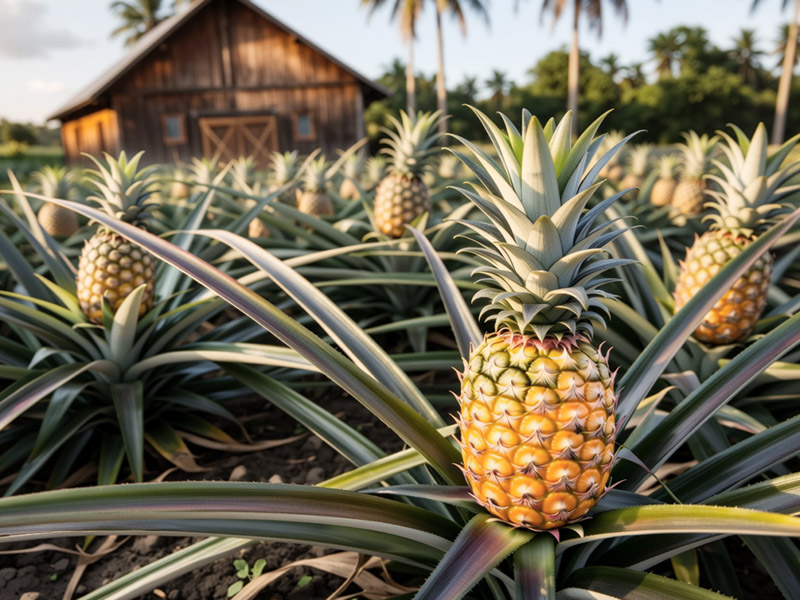
Thriving pineapple farm using our premium fertilizer! 🌱🍍 Stronger plants, sweeter fruits, and higher yields.
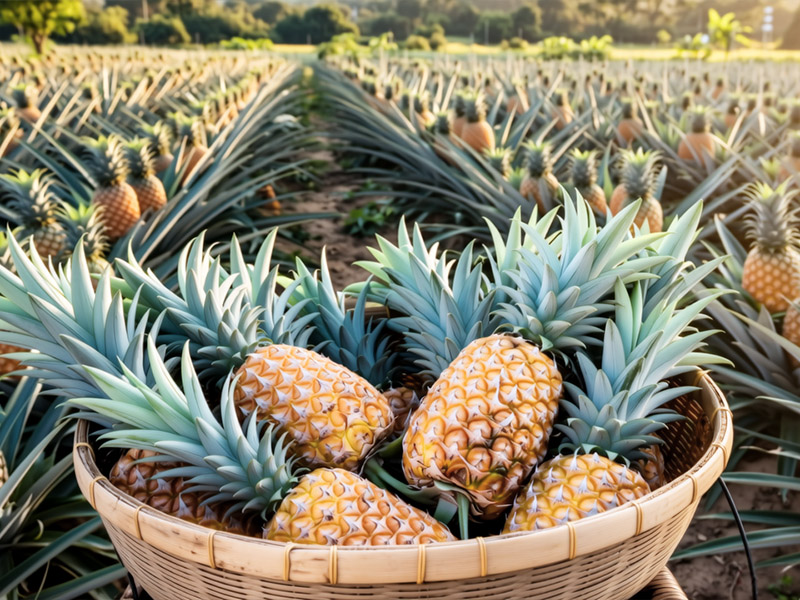
Harvest time! Our fertilizer helps grow juicy, golden pineapples—perfect for market or export. 🚜🍍
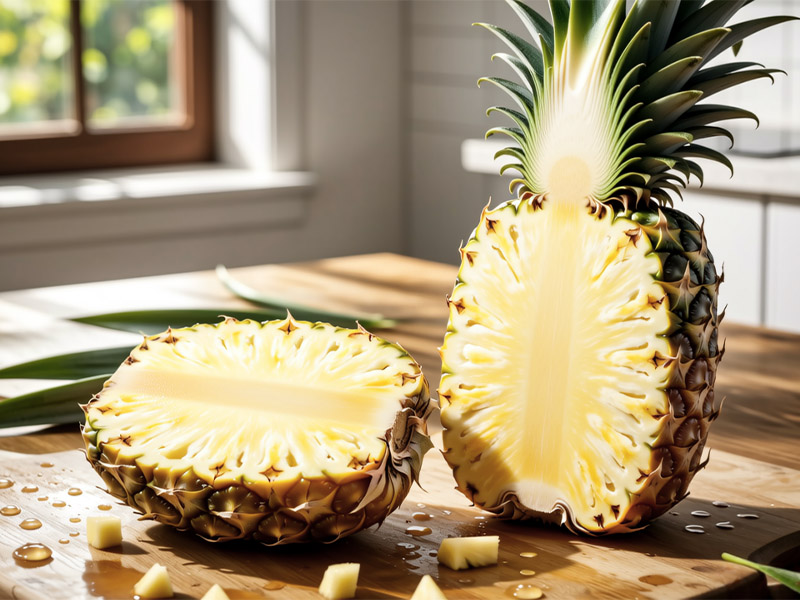
Sweet, fresh, and full of flavor! Our fertilizer ensures top-quality pineapples every time. 🍍✨
Pineapple fertilizer
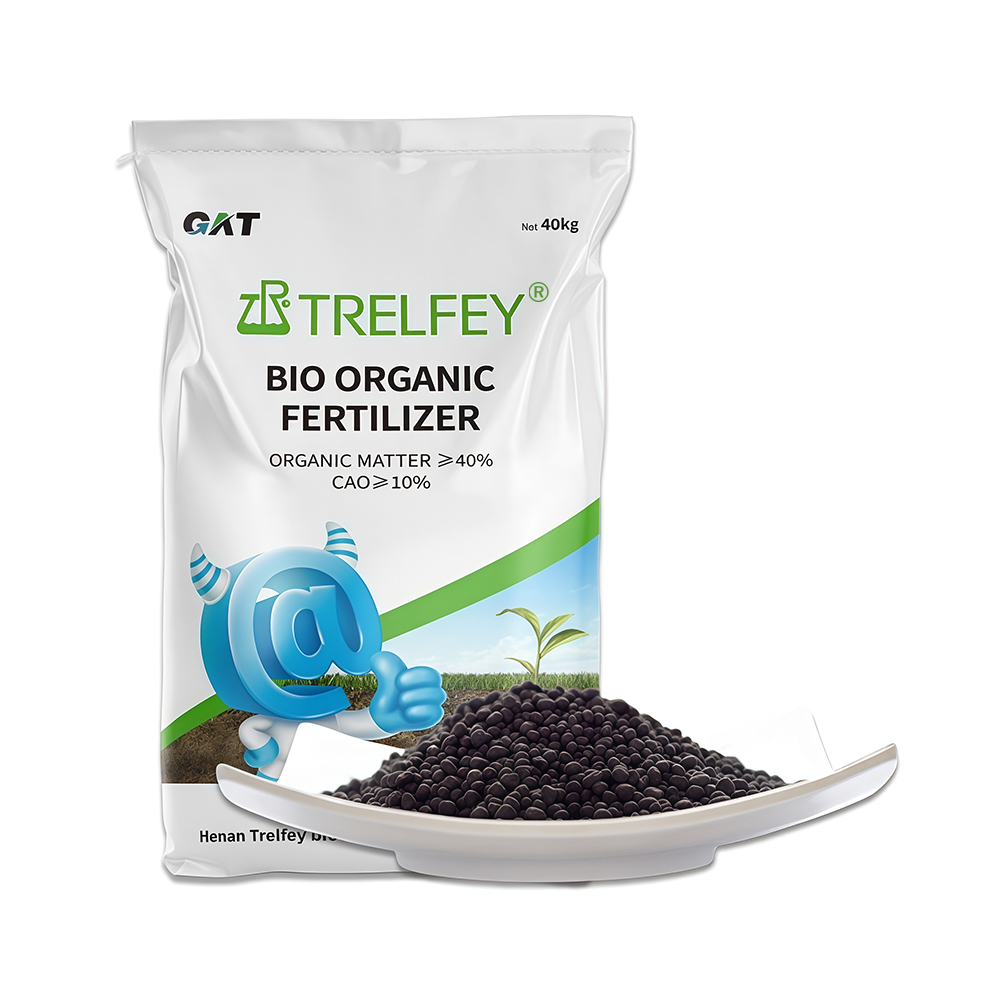
Bio-organic fertilizer
Organic matter ≥40%, CaO≥10%
The number of beneficial live bacteria ≥0.20 billion/g
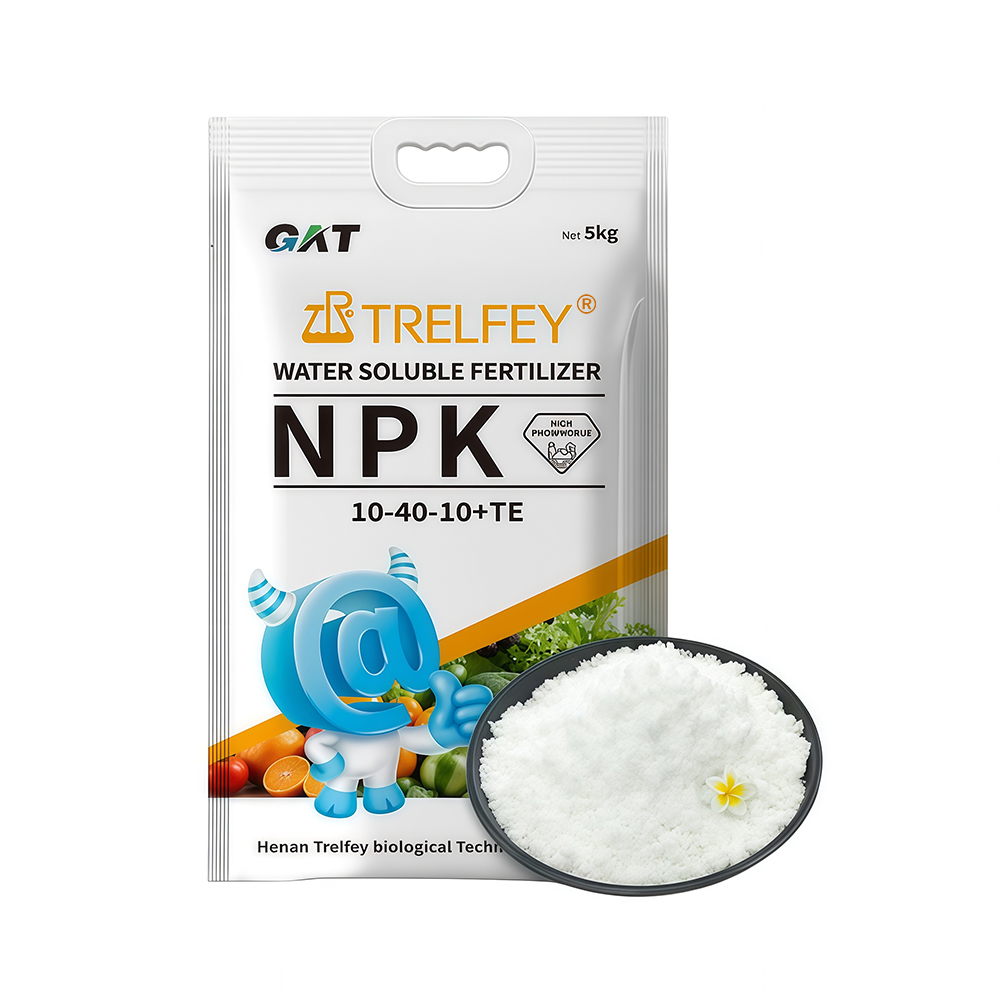
Water soluble fertilizer
Protect the roots and nourish the roots, protect the buds and protect the flowers
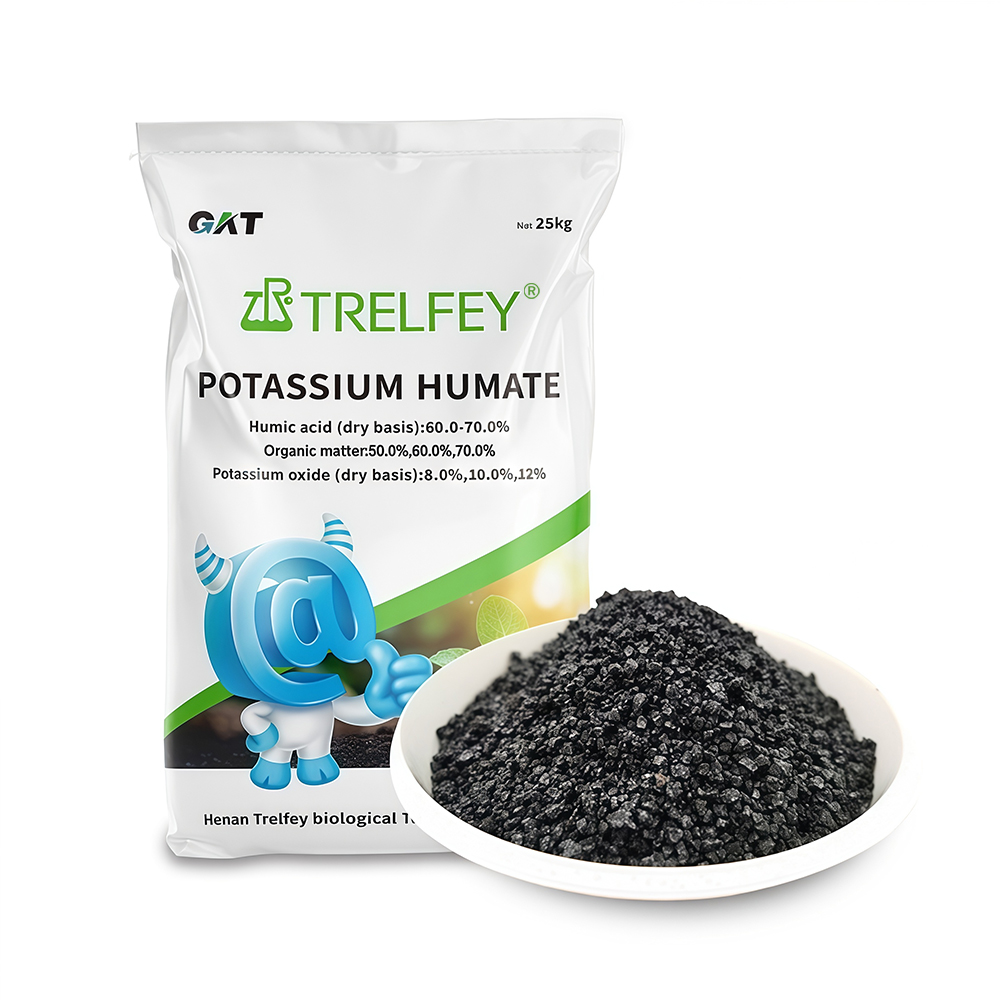
Potassium humate granules
Humic acid (dry base): 60.0-70.0%
Total nutrient (KOO): 8.0%-12.0% (customizable)
